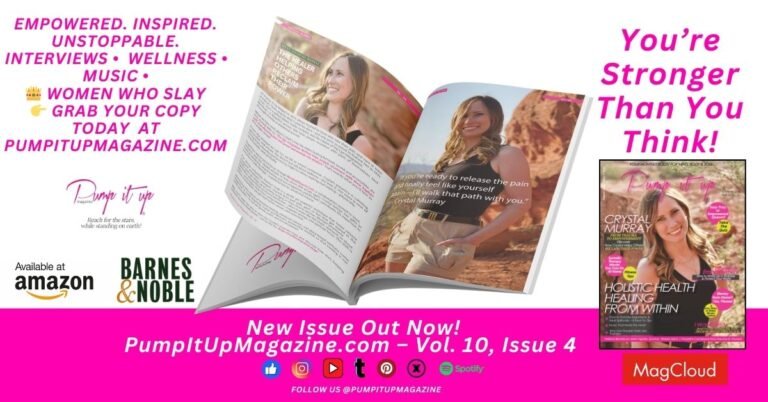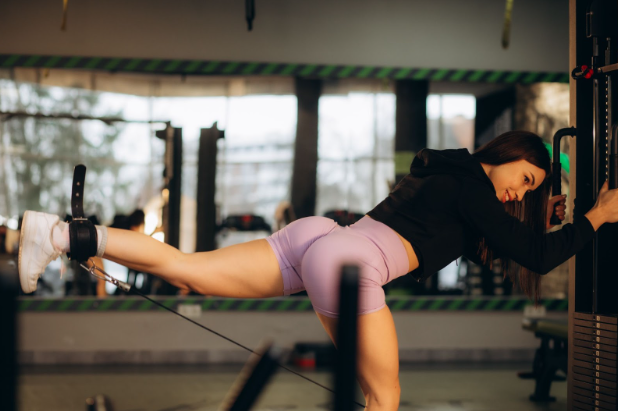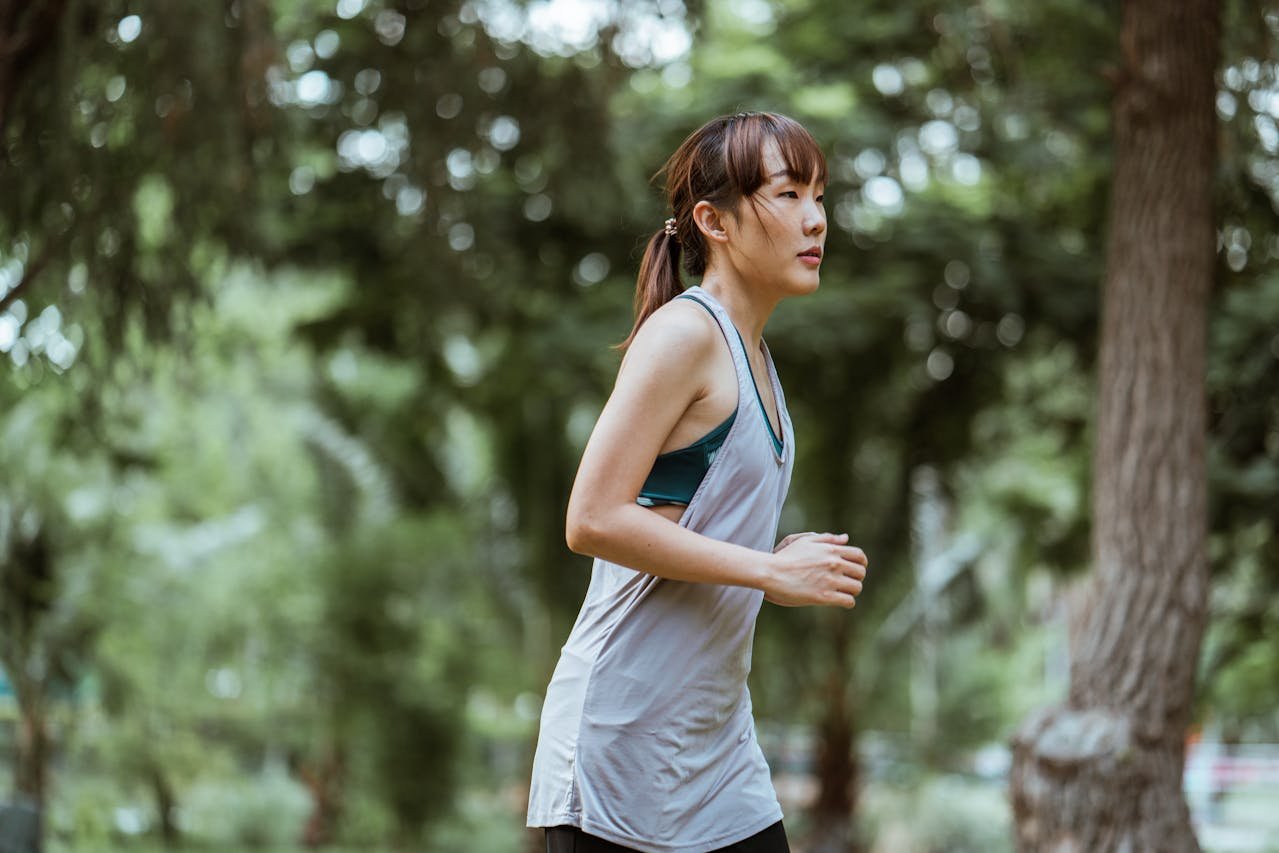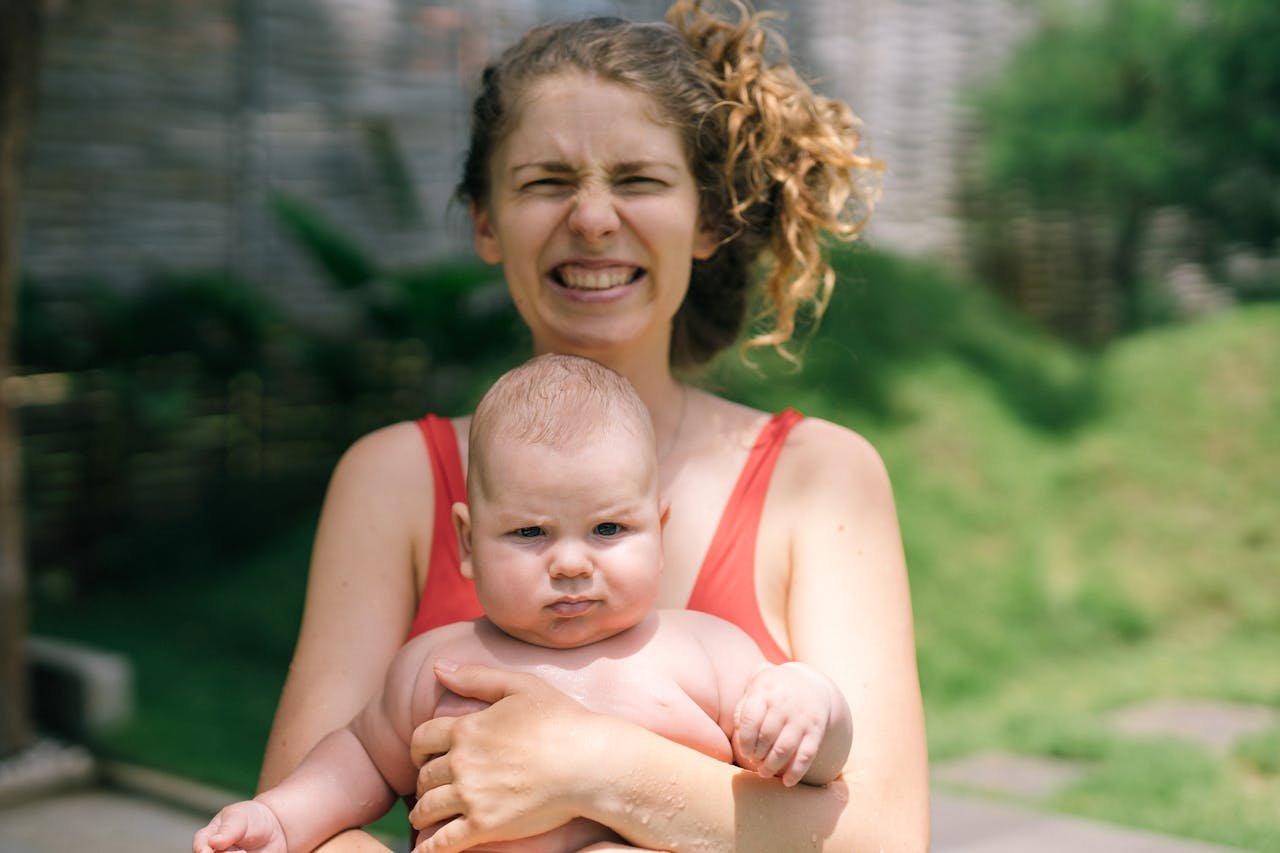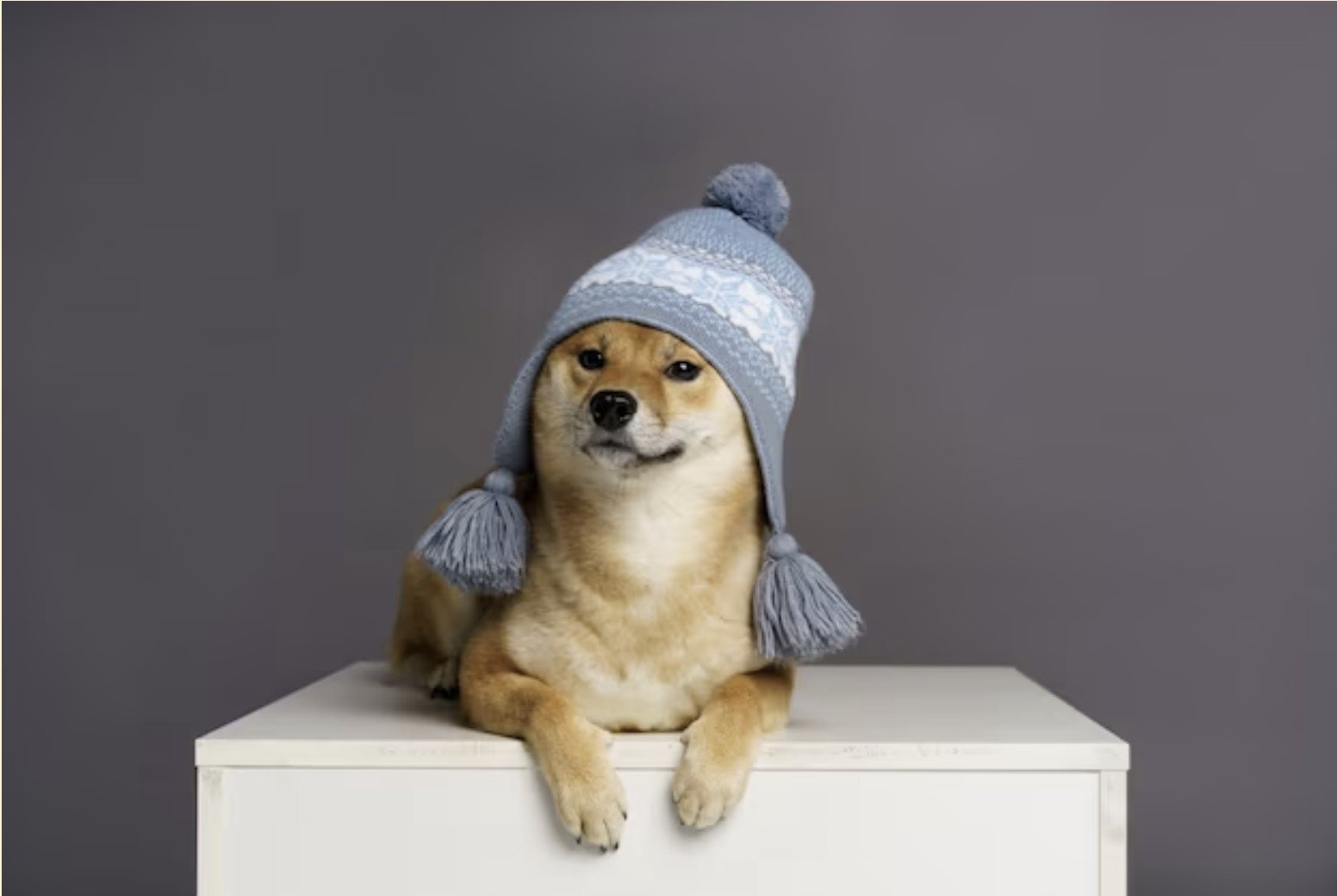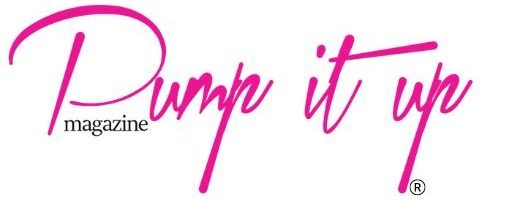As a fashion photographer, expanding your portfolio is just as important as developing your technical skills. A bigger portfolio demonstrates your versatility and adaptability, which can open doors to more opportunities and a wider range of clients.
Moreover, the fashion industry is constantly evolving, and your portfolio should reflect both your growth as a photographer and your ability to stay current with trends. With a diverse and evolving portfolio, you can stand out in a crowded industry, attracting the attention of those seeking a photographer who can offer fresh ideas and a unique perspective.
So, in this article, we’ll explore key strategies for building a fashion photography portfolio that showcases both your technical expertise and creative vision.
Table of Contents
1. Curate a Diverse Collection of Images
When expanding your portfolio, it’s important to showcase your ability to adapt to different styles, moods, and trends within the fashion industry. To do this, curate a selection of images that span multiple genres, from high fashion and streetwear to editorial and commercial looks. Including images in different categories allows potential clients to see the breadth of your talent.
2. Experiment with Different Backdrops and Locations
The backdrop and location of a shoot can completely transform the mood and impact of a fashion image. As a photographer, experimenting with different settings allows you to explore various aesthetics and add variety to your portfolio. One way to experiment is by shooting photos in a studio. This setting offers a controlled environment where you can manipulate lighting, props, and backgrounds to create the exact atmosphere you desire.
If you’re based in a city like Berlin, an online search for “fotostudio Berlin” can show you various options with different themes, such as industrial spaces, minimalist designs, or vintage-style rooms. Many studios also offer additional services, such as equipment rentals or in-house stylists, to help elevate your shoot.
On the other hand, outdoor locations provide a more natural, dynamic setting. Urban environments, for instance, can inject your work with an edgy, street-style vibe, while scenic natural backdrops create a softer, organic feel. The key is to choose backdrops and locations that complement the fashion being showcased. High-fashion garments often work well with minimalist or neutral settings, whereas casual or streetwear looks could benefit from a more urban or gritty location.
3. Stay Updated with Fashion Trends
Fashion photography is intricately linked to the ever-changing world of the industry itself. To ensure that your work remains relevant and competitive, it’s essential to stay up to date with the latest trends. This doesn’t mean you should abandon your creative identity to chase every new fad, but understanding current styles, fabrics, and color palettes will allow you to incorporate contemporary elements into your shoots. Additionally, trends inform the mood and aesthetic of a shoot, so incorporating them can give your portfolio a fresh, dynamic feel that speaks to today’s fashion audience.
With that said, keep an eye on runway shows, fashion blogs, and street style to gain valuable insights into what’s popular and what’s coming next. There’s also plenty of things to explore in social media, particularly trend-based platforms like TikTok or Instagram.
4. Inject Storytelling into Your Shoots
Great fashion photography is more than just capturing an outfit—it’s about telling a story. Fashion images that resonate with viewers often have a deeper narrative, whether it’s evoking a particular emotion, transporting the viewer to a different time or place, or conveying a character through styling and mood. As a photographer, you can direct the narrative of a shoot through various elements, including the poses, lighting, wardrobe choices, and setting.
5. Collaborate with Stylists, Designers, and Models
Collaboration is another powerful way to take your portfolio to the next level. Working with a team of professionals—including stylists, designers, and models—can elevate your work in ways that working solo cannot.
Particularly, stylists can bring a fresh perspective to a shoot, helping you choose clothing and accessories that will best complement the concept and enhance the overall aesthetic you’re going for. Designers, on the other hand, can provide you with exclusive, one-of-a-kind pieces that will make your portfolio stand out. Meanwhile, collaborating with models who bring unique personalities and diverse looks to the table can help you capture a wide range of expressions, emotions, and styles. With this in mind, take the time to expand your network within the fashion industry to open doors to more opportunities and gain access to professional talent and resources that can enrich your shoots.
6. Refine Your Post-Production Skills
Post-production is an integral part of fashion photography. This step is where you can fine-tune your images and bring your vision to life. As such, mastering editing software is crucial for enhancing your work without over-editing it. Subtle adjustments to exposure, colour, and contrast can help bring out the best in your images, while techniques such as retouching can perfect details like skin tones or fabric textures. Additionally, consider experimenting with colour grading, textures, and other post-processing techniques.
However, it’s important to maintain a balance. Over-editing can take away from the authenticity of a shot and make it appear artificial. Instead, develop your own editing style to make your portfolio consistent and recognisable.
Expanding your portfolio as a fashion photographer requires a combination of creativity, technical skill, and strategic planning. With the help of the tips mentioned above, you can build a well-rounded, dynamic portfolio that will attract new clients, collaborations, and opportunities in the fashion industry.
Learn more about staying ahead in the ever-changing world of fashion on our Fashion page.
Photo by Tima Miroshnichenko:
